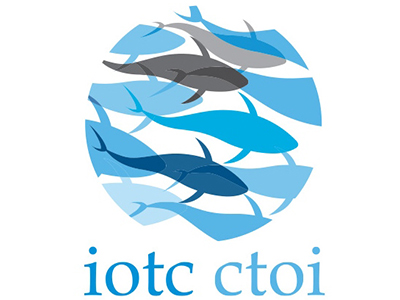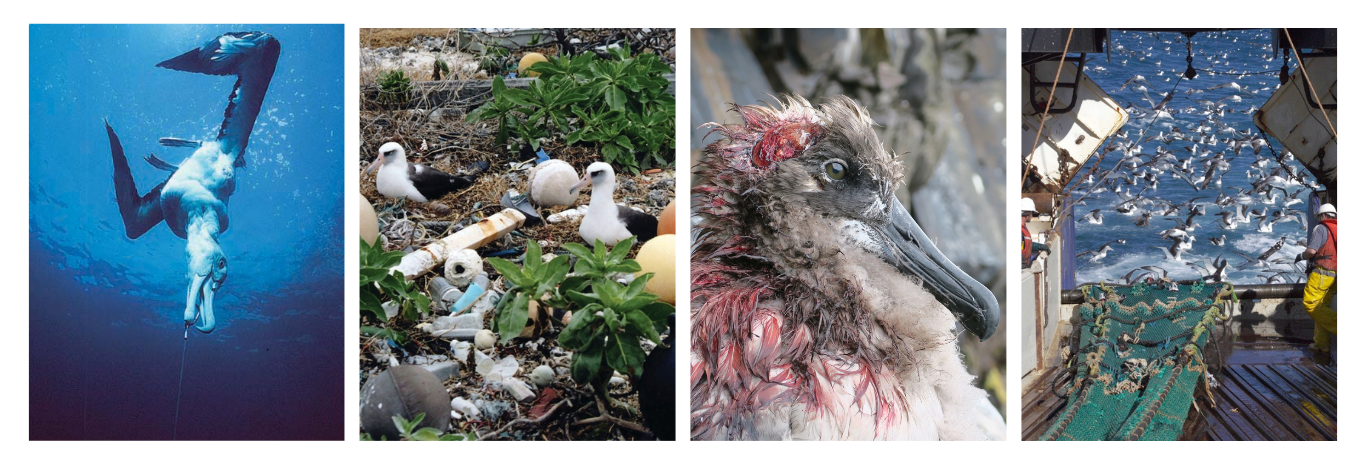 Albatrosses and petrels are facing a conservation crisis with multiple threats putting pressure on their populations including fishing, pollution, predation from invasive species and habitat destruction.
Albatrosses and petrels are facing a conservation crisis with multiple threats putting pressure on their populations including fishing, pollution, predation from invasive species and habitat destruction.
(Images left to right): A drowned Wandering Albatross caught on a tuna longline hook, photograph by Graham Robertson; Laysan Albatrosses amongst plastic debris, photograph by Steven Siegel, Marine Photobank; A bloodied Light-mantled Albatross after being attacked by invasive mice, photograph by Peter Ryan; Seabirds flock to a trawler vessel, photograph by Southern Seabird Solutions Trust
The conservation crisis facing albatrosses and petrels, and actions to address the crisis dominated discussions at ACAP’s (Agreement on the Conservation of Albatrosses and Petrels) recent Thirteenth Meeting of the Advisory Committee (AC13) hosted by the United Kingdom in Edinburgh.
In his opening address to AC13 delegates, Dr Will Lockhart, Deputy Director, International Biodiversity and Wildlife, Department for Environment, Food and Rural Affairs (Defra) acknowledged the valuable efforts underway across the world to protect albatrosses and petrels but noted that many populations were still in deep crisis and there was more that could and should be done to conserve these iconic species.
During the week-long meeting, two key points emerged: the need to continue and strengthen engagement with fisheries management bodies, governments, and fishers to ensure full implementation of ACAP's Best Practice seabird bycatch mitigation measures, and the importance of communicating the conservation crisis facing albatrosses and petrels to all ACAP audiences.
In 2019 a conservation crisis for albatrosses and petrels was declared by ACAP’s Advisory Committee. Fishing activity, particularly by longline and trawl vessels, was identified as the greatest threat facing ACAP species. Each year thousands of albatrosses and petrels die through entanglements with fishing gear and swallowing baited hooks and drowning.
These deaths continue despite the availability of ACAP’s Best Practice Advice (BPA) guidelines which recommend combinations of mitigation measures proven to reduce seabird bycatch. The Committee were pleased to note a growing number of Regional Fisheries Management Organisations (RFMOs) and other bodies have adopted several ACAP Best Practice measures, but urged for their implementation in full.
AC13 discussed the importance of communicating not only the “how-to” for reducing seabird bycatch, but perhaps even more importantly, “the why”, to critical audiences who can have a positive impact on ACAP species populations.
Tatiana Neves, Advisory Committee Vice Chair said:
“ACAP has been focusing its effort into researching and refining Best Practice Advice on fisheries bycatch mitigation measures, however with many ACAP species facing a dire future, it is now time to focus on communicating why fisheries must implement these measures that are so crucial to their very survival”.
Other threats placing significant pressures on populations of ACAP species were also discussed at the meeting including land-based predators, habitat loss, climate change, disease and pollutants (including plastic).
The Committee recognised the vast amount of work taking place globally to address these threats, and expressed its support in particular for the Mouse-Free Marion Project. This project is committed to eradicating the invasive mice population of South Africa’s sub-Antarctic Marion Island that prey on its seabirds, including eight ACAP-listed species.
In response to the ongoing risks posed by H5N1 avian influenza, AC13 agreed to form an ACAP Avian Influenza Expert Group on epidemiology, disease risk assessment and management which will provide ongoing advice to the Agreement. ACAP’s online Guidelines for working with albatrosses and petrels during H5N1 avian influenza outbreak, will be updated as necessary when new information becomes available.
The Committee noted that on 19 June 2024, ACAP will mark 20 years since the Agreement came into effect, offering an opportunity for ACAP to highlight key achievements such as the development of its Best Practice Advice for seabird bycatch mitigation, and reflect on the progress it has made towards conserving ACAP-listed species.
The Thirteenth Meeting of the Advisory Committee was held 22 – 26 May 2023 with Dr Mike Double (Australia) as Chair and Tatiana Neves (Brazil) as Vice-chair. AC13 followed meetings of the Advisory Committee’s Working Groups on Seabird Bycatch (SBWG11) and Population and Conservation Status (PaCSWG7), and the first joint meeting of both Working Groups (Joint SBWG11/PaCSWG7)
AC13 was attended by ten of ACAP’s 13 Parties: Argentina, Australia, Brazil, Chile, New Zealand, Peru, South Africa, Spain, the United Kingdom and Uruguay, with Ecuador, Norway and France unable to attend. In addition, three Range States, Canada, Namibia, and the United States of America (USA), and one APEC member economy, Chinese Taipei, participated as Observers. BirdLife International and Humane Society International (HSI) attended the meeting as Observers.
The official meeting report is now available to download in English here, with French and Spanish translations to follow shortly.
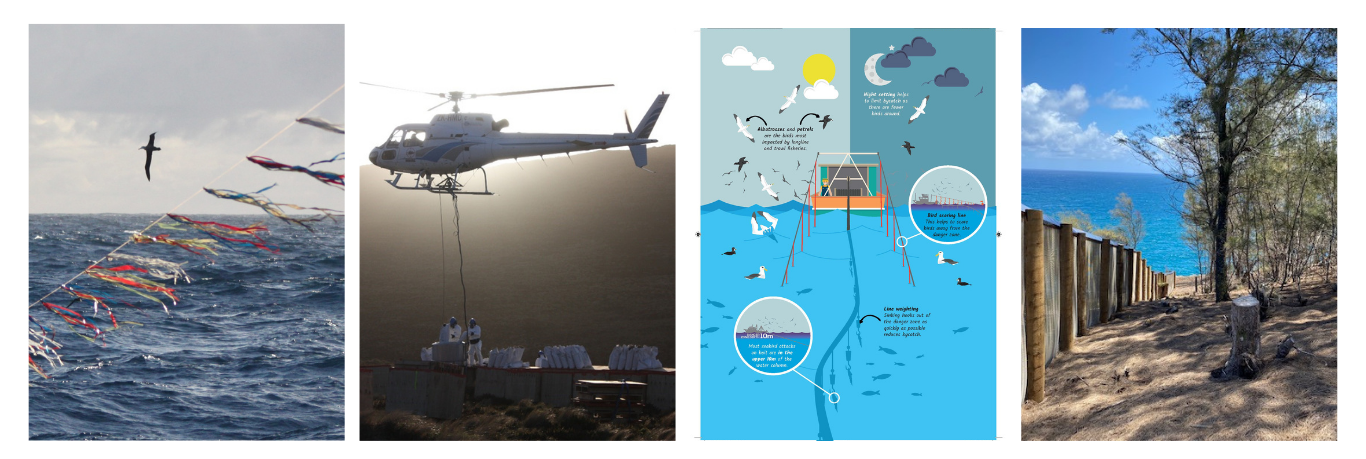 Solutions are available: the implementation of ACAP’s seabird bycatch mitigation measures and conducting invasive species eradication and habitat restoration projects are examples of measures that can help conserve populations of ACAP-listed species.
Solutions are available: the implementation of ACAP’s seabird bycatch mitigation measures and conducting invasive species eradication and habitat restoration projects are examples of measures that can help conserve populations of ACAP-listed species.
(Images left to right): Bird-scaring line adorned with streamers to deter seabirds from diving for the baited hooks of a long-line fishing vessel, photograph by Dima Gianuca; A bait bucket is loaded on Antipodes Island for its mouse eradication project, photograph by Keith Springer; A graphic from ACAP’s BPA Fact Sheet for Demersal & Pelagic Longline vessels: Night-setting; A fence to keep out invasive predators such as pigs, photograph by Pacific Rim Conservation
26 June 2023
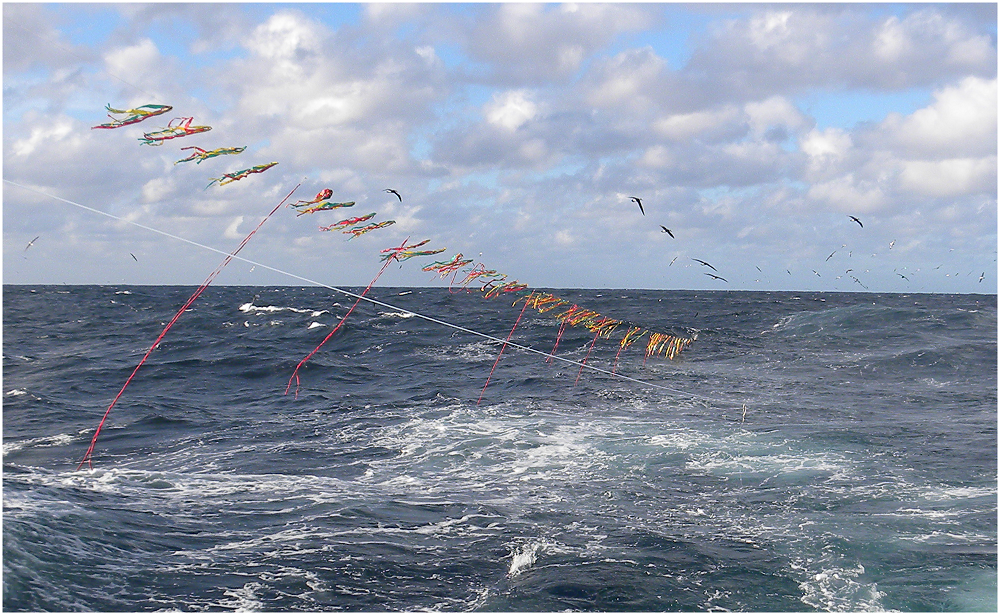

 English
English  Français
Français  Español
Español 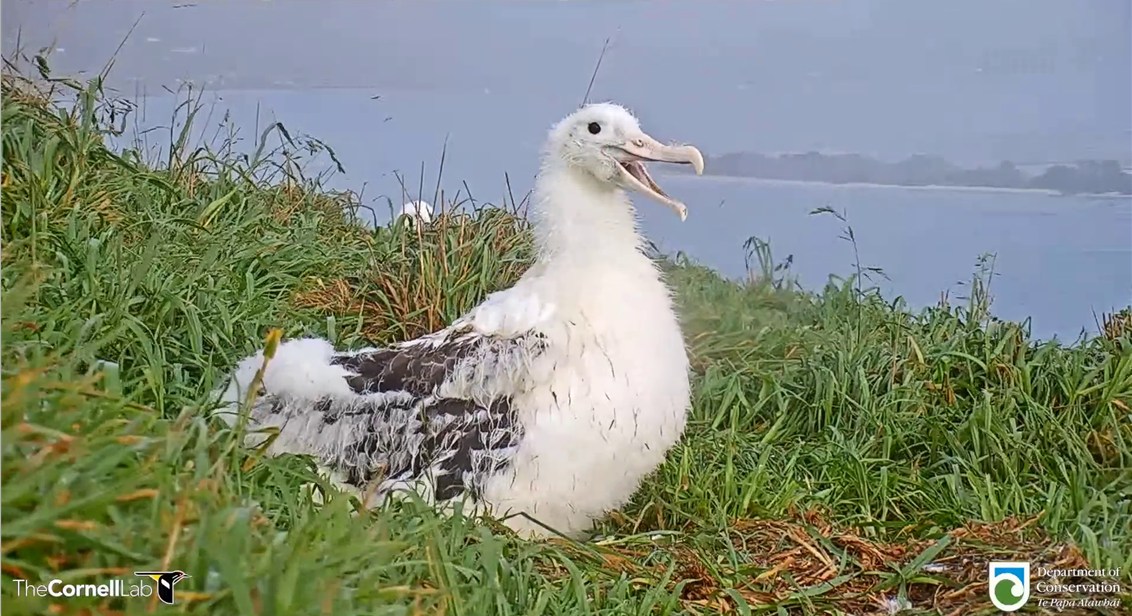
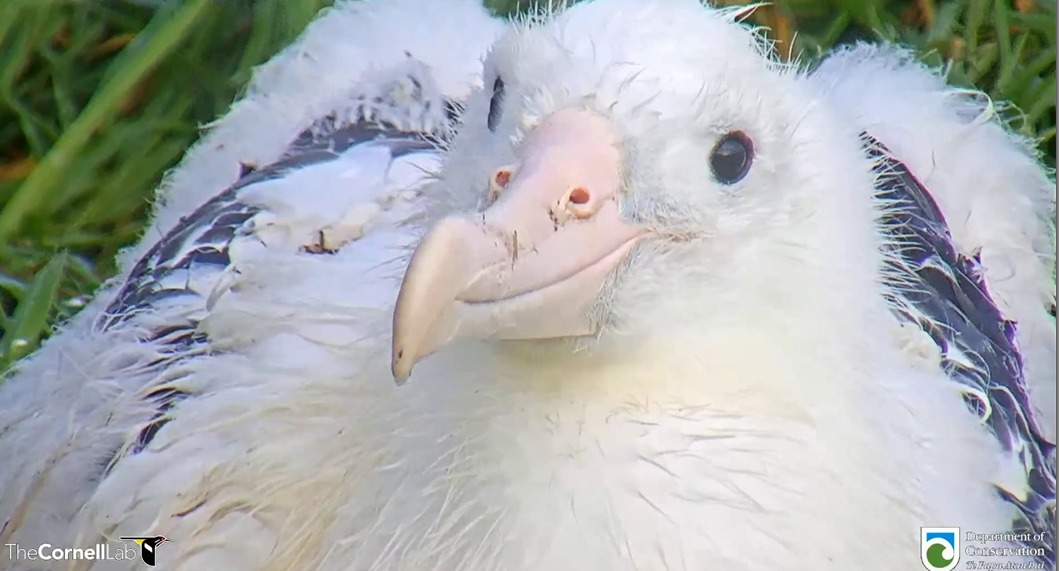
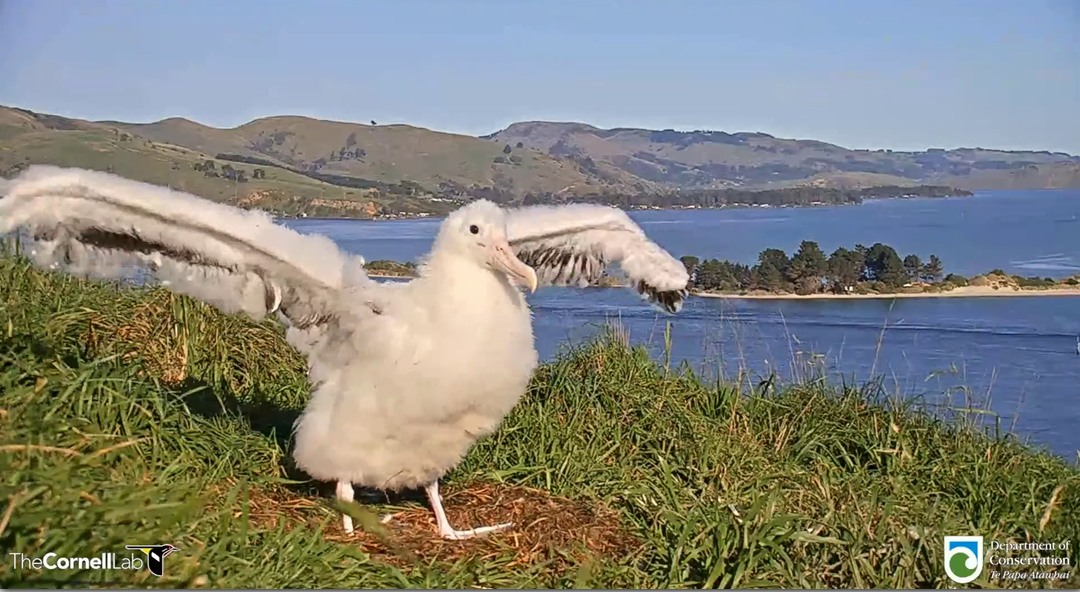
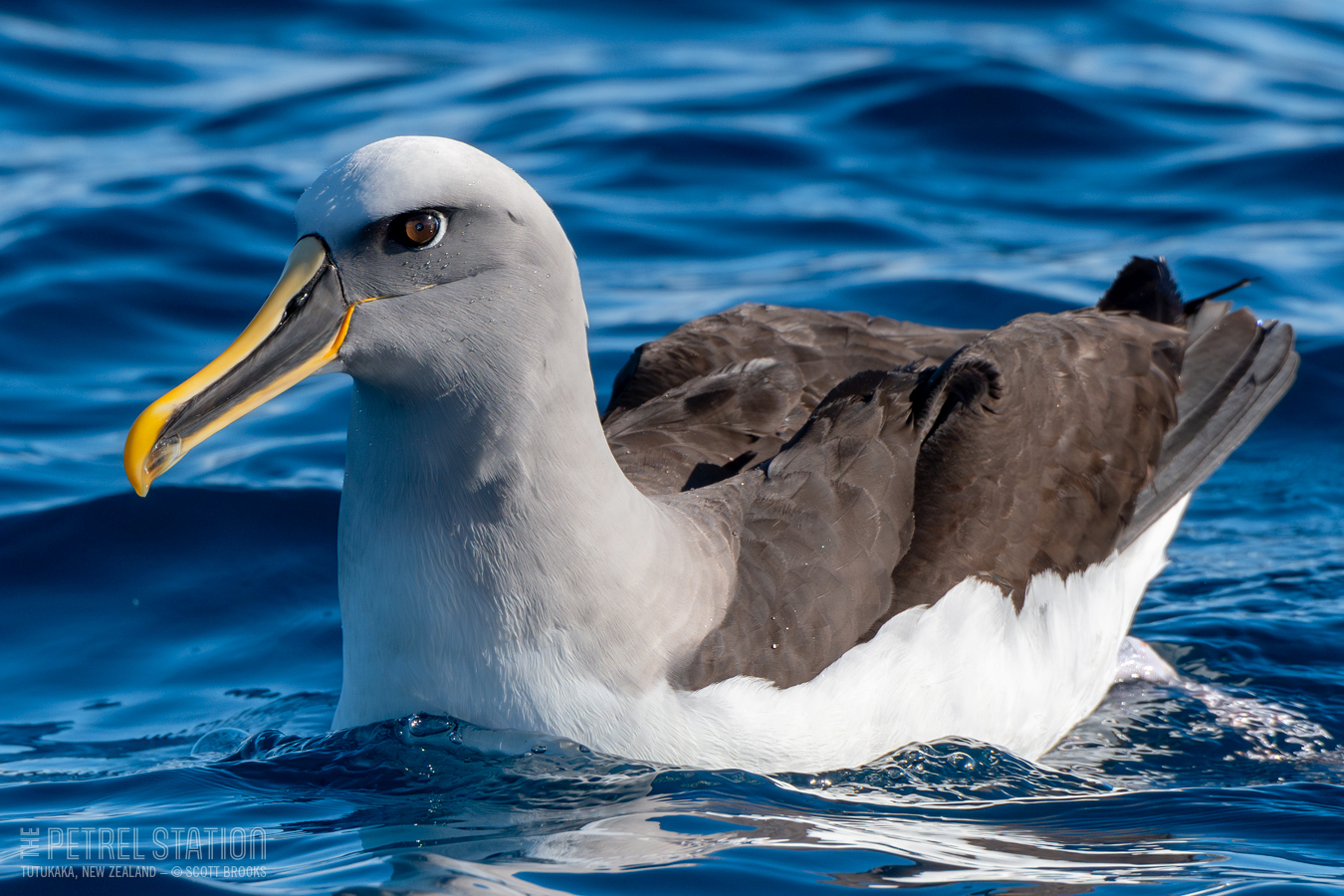
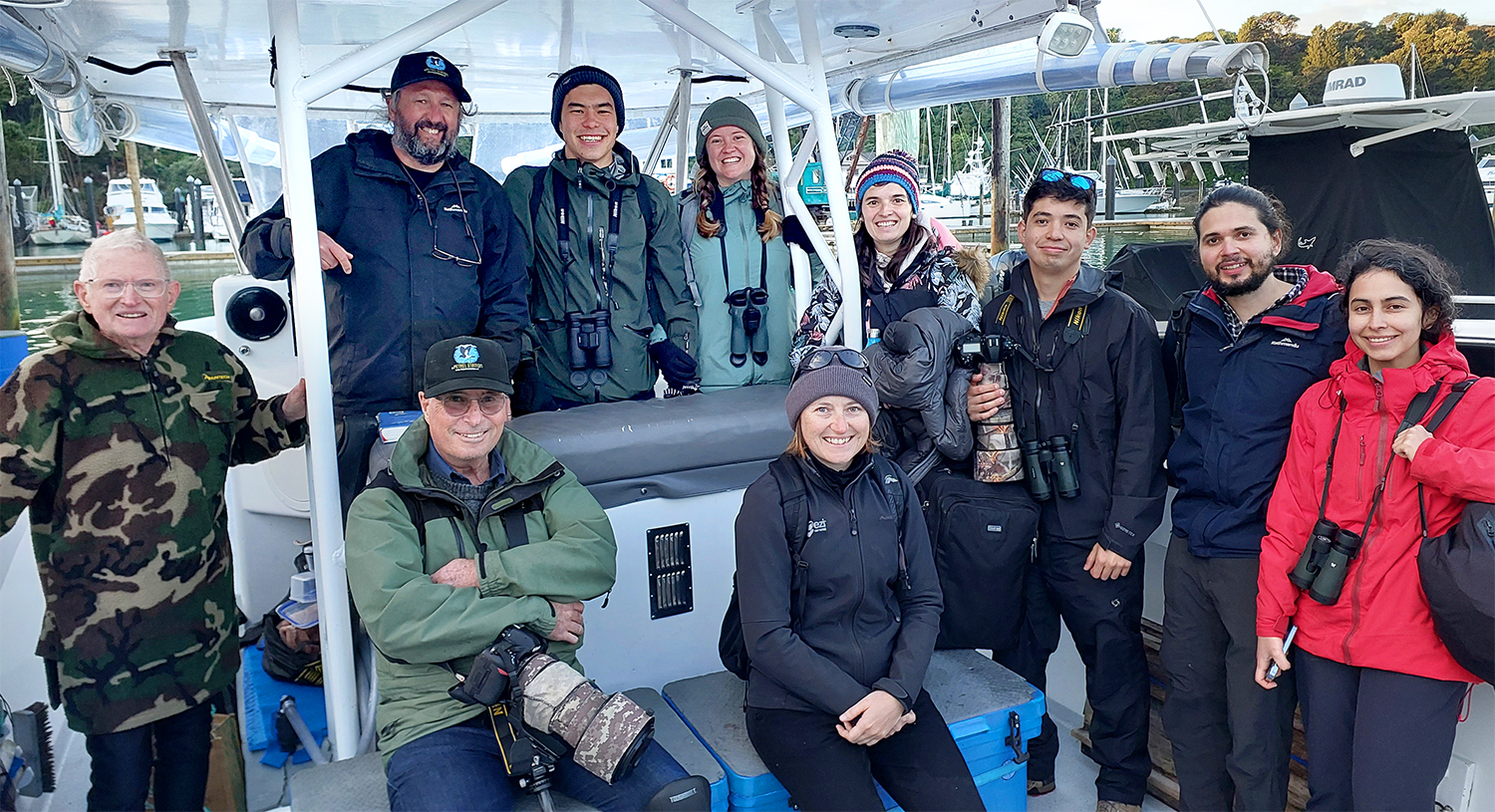

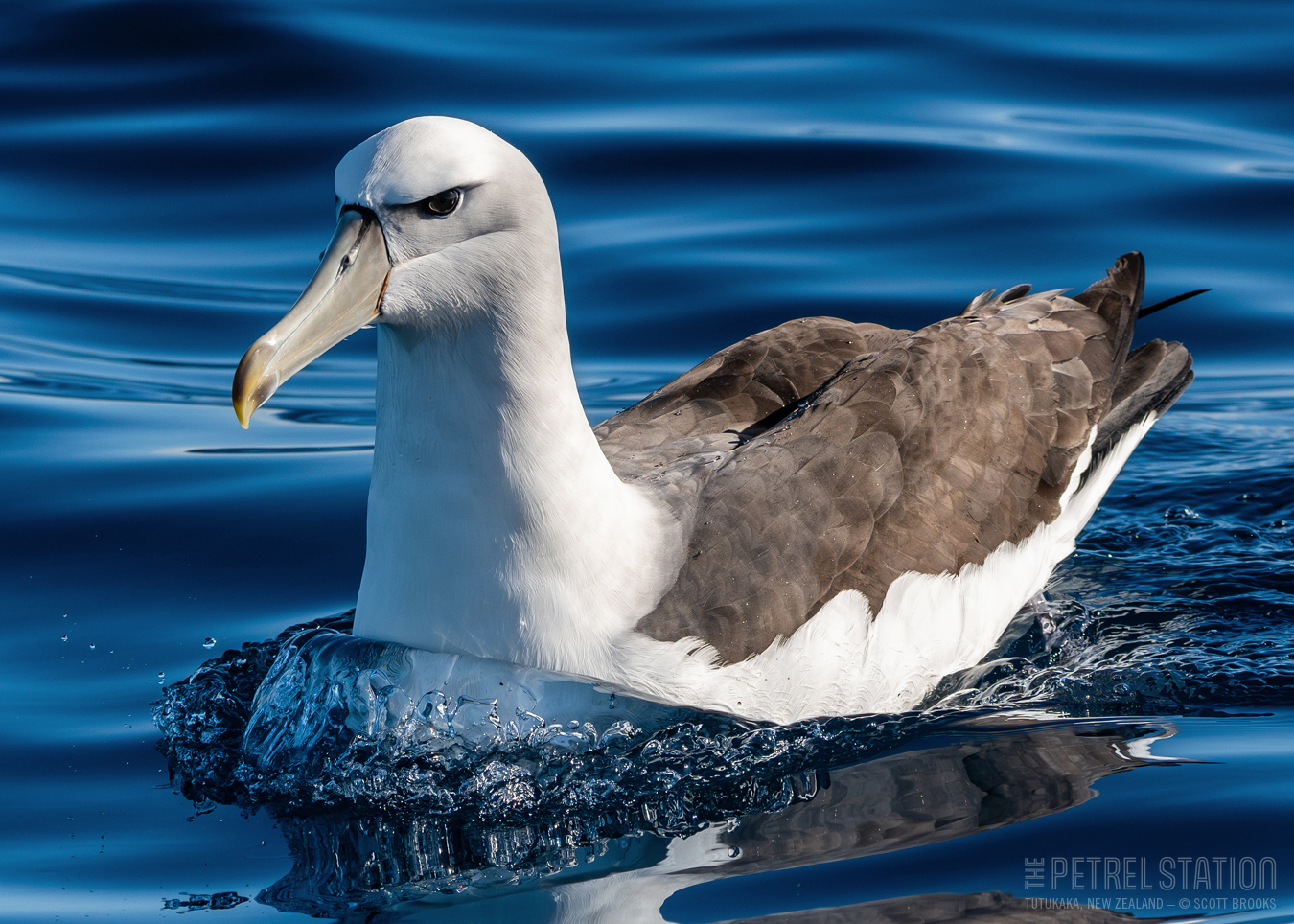
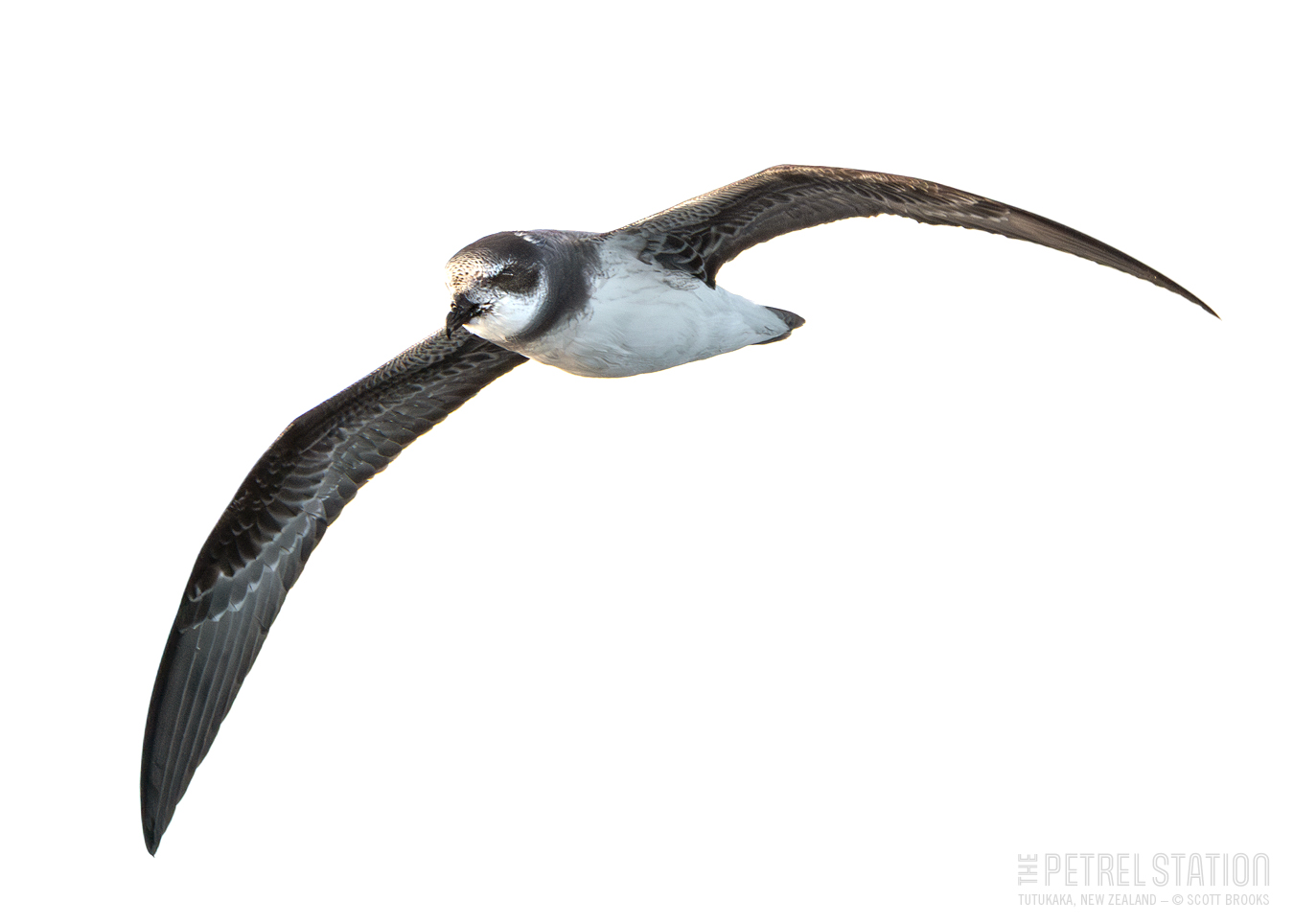
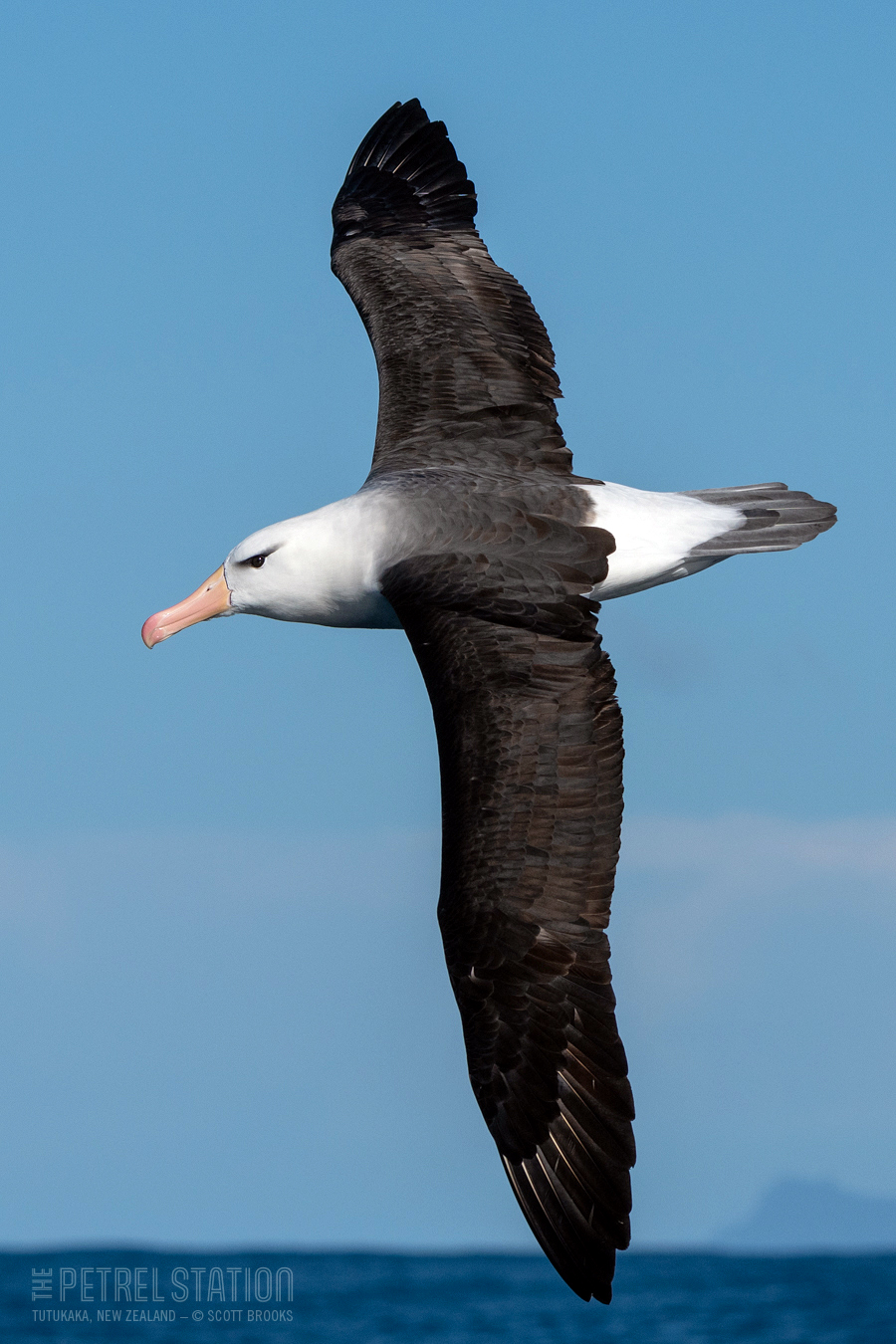
 Albatrosses and petrels are facing a conservation crisis with multiple threats putting pressure on their populations including fishing, pollution, predation from invasive species and habitat destruction.
Albatrosses and petrels are facing a conservation crisis with multiple threats putting pressure on their populations including fishing, pollution, predation from invasive species and habitat destruction.  Solutions are available: the implementation of ACAP’s seabird bycatch mitigation measures and conducting invasive species eradication and habitat restoration projects are examples of measures that can help conserve populations of ACAP-listed species.
Solutions are available: the implementation of ACAP’s seabird bycatch mitigation measures and conducting invasive species eradication and habitat restoration projects are examples of measures that can help conserve populations of ACAP-listed species. 